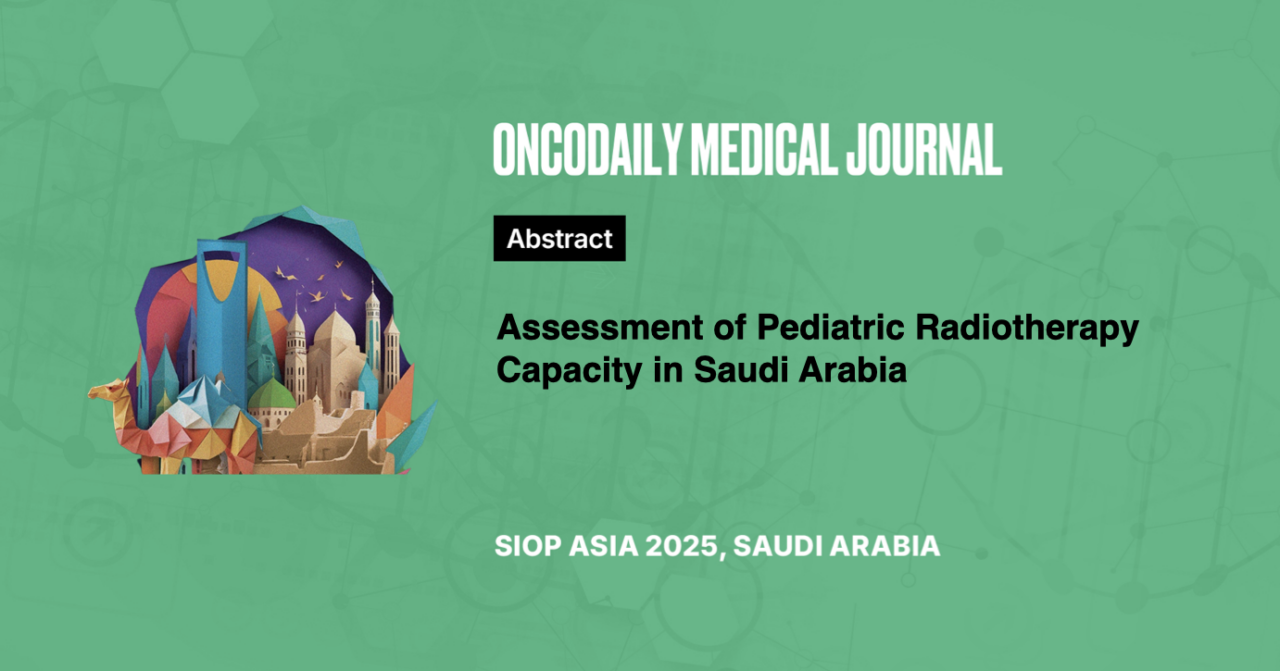Assessment of Pediatric Radiotherapy Capacity in Saudi Arabia
Abstract
Introduction: In 2020, the Saudi Cancer registry reported 970 childhood cancer cases. Radiotherapy services are not widely available in all of Saudi Arabia’s administrative regions. We assessed the self-identified treatment capacity, needs, and challenges of Saudi Arabian radiation oncologists for pediatric cancer management.
Methodology: In collaboration with the Saudi Association of Radiation Oncology (SARO), a previously published survey was modified with local stakeholder input and distributed among radiation oncologists in Saudi Arabia using Qualtrics. The survey consisted of 33 questions and was open from October 15 through December 6, 2024. Descriptive statistics were conducted. For frequencies, we report the median (range).
Results: The survey was sent to 64 radiation oncologists. 51 completed the survey. All work in Saudi Arabia, across 8 cities. Of those, 19 (37%) have treated a pediatric patient within the past year. 21 (41%) felt comfortable treating a pediatric patient. The median number of pediatric cases seen in the past year was 31 (0-140). The three most common tumors were Rhabdomyosarcoma (5, 2-70), Medulloblastoma (4.5, 0-56), and Wilms Tumor (4, 0-47). The median percentage of pediatric patients treated palliatively was 10%. 94% of those who treat pediatric patients have access to a multidisciplinary tumor board.
The majority had access to anesthesia, nutrition, endocrinology, and rehabilitation. 53% and 47% had access to pediatric social workers and fertility services, respectively. 20% had access to neurocognitive support. 20% reported no access to supportive services. Respondents reported the main challenges were a lack of proton therapy facility, inadequate social and child life support, and challenges in arranging for early anesthesia slots.
Conclusion: We present the first national survey assessing pediatric radiation oncology capacity in Saudi Arabia. Through collaboration with SARO, respondents represented most centers across the country. The unavailability of proton therapy and inadequate social/life support were the most common challenges physicians and patients faced.





